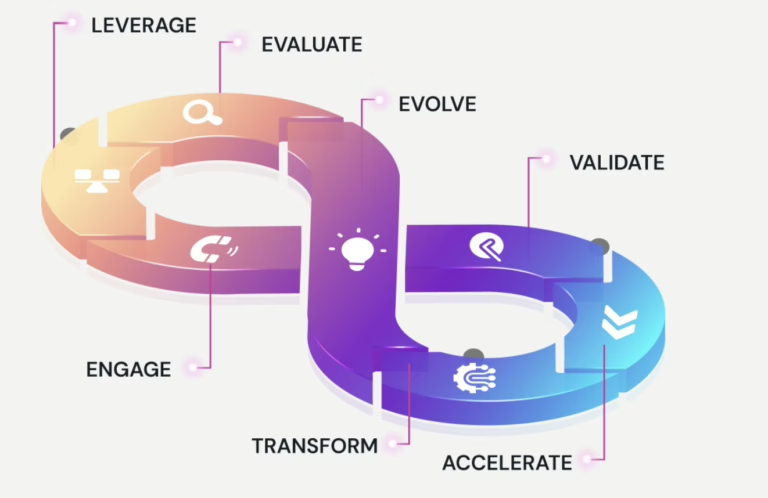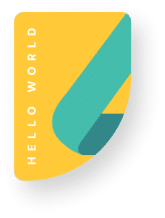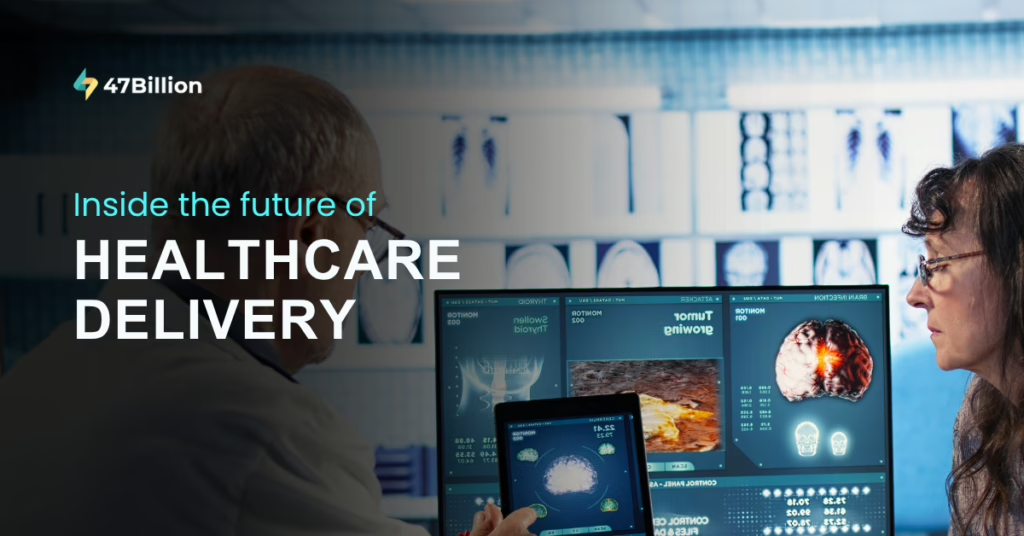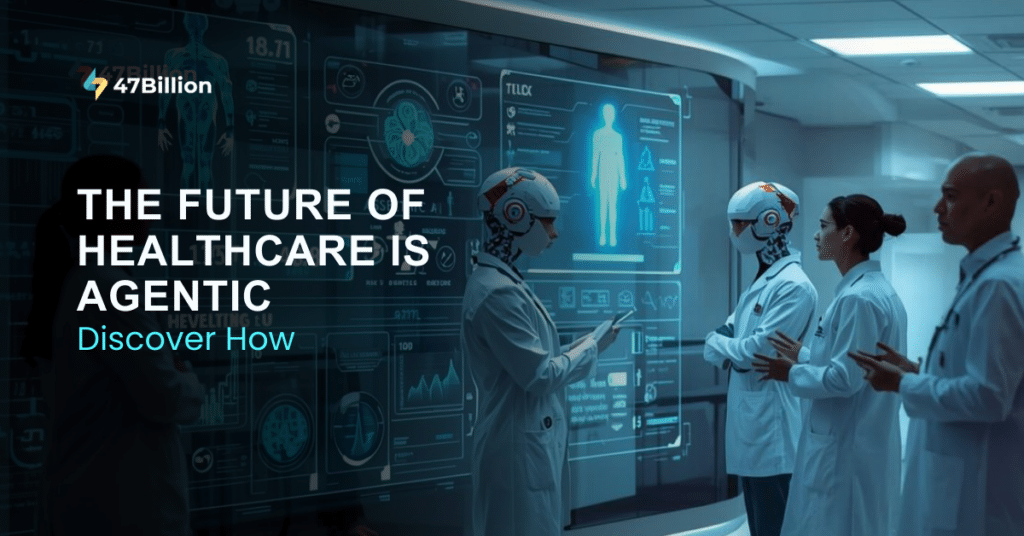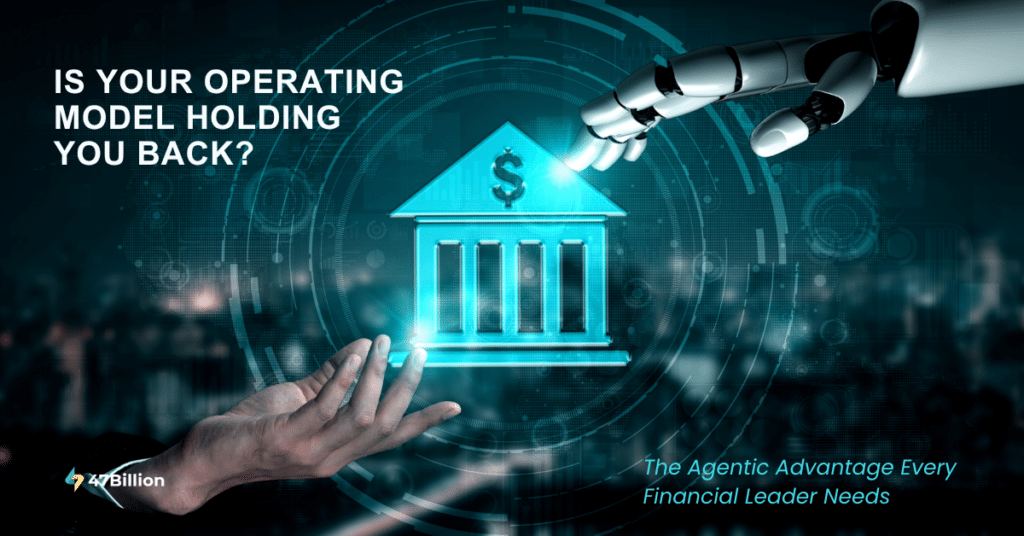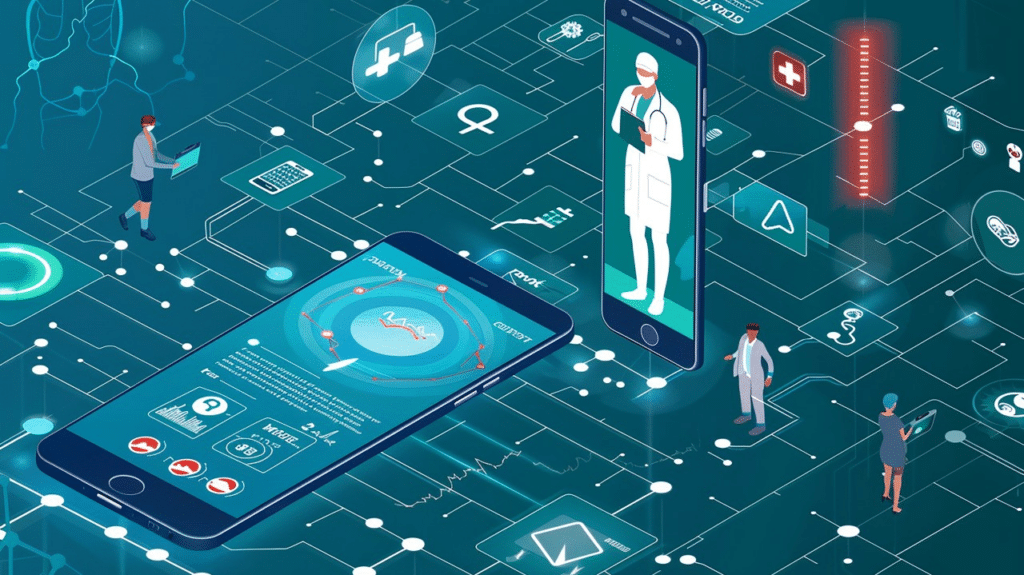In 2023, a Midwest hospital faced a grim challenge—three critical patients went undiagnosed for sepsis within 12 hours, despite all the data being available in their EHRs. The care teams were overwhelmed, alerts were buried under noise, and the signs were missed.
A post-incident review found something startling: had the hospital’s analytics been configured to not just flag the risk, but also recommend immediate steps—and trigger response workflows—all three lives could’ve potentially been saved.
This incident isn’t isolated. Across the globe, hospitals and health systems are grappling with delayed decisions, manual overload, and siloed data systems that keep care reactive instead of responsive.
But what if your systems could sense risks, prescribe action, and autonomously act—before things escalate?
That’s exactly what the synergy of prescriptive analytics and AI-agentic workflows can deliver. By combining intelligent recommendations with autonomous execution, healthcare can finally move from “what’s happening?” to “what should we do—and how do we do it now?”
We will be understanding, how this powerful duo is not just a technological upgrade—it’s a shift. One that will impact every stakeholder in the care continuum, from clinicians to CIOs, and from public health officers to payers and innovators.
Prescriptive Analytics and AI-Agentic Workflows
Most healthcare organizations are familiar with predictive analytics, which forecasts outcomes based on historical data. However, prediction alone is insufficient in high-stakes clinical environments where action windows are narrow.
Prescriptive analytics closes this gap by providing data-backed recommendations on the best course of action. Paired with AI-agentic workflows, which can autonomously execute tasks, adjust protocols, and escalate decisions, the result is a system that moves from passive reporting to active operational intelligence.
Core Technologies: Defined and Differentiated
| Dimension | Prescriptive Analytics | AI-Agentic Workflows |
| Primary Function | Generates actionable recommendations based on historical and real-time data | Executes tasks autonomously based on context, feedback, and predefined parameters |
| Data Dependencies | Relies on structured and semi-structured clinical, operational, and behavioral datasets | Integrates data with process logic, APIs, and real-time event streams |
| Examples in Healthcare | – Discharge optimization – Personalized care pathway selection | – EHR-integrated triage bots – Intelligent alert systems – Workflow orchestration |
| Outcome Advantage | Improved clinical and administrative decision-making | Faster response times, lower operational load, increased system adaptability |
Where Precision Meets Automation
1. Chronic Disease Management
In diabetes or hypertension care, AI agents are capable of working on wearable and EHR data in real-time. When anomalies or adherence issues are detected, prescriptive logic recommends interventions (e.g., medication changes), which the agent can automatically escalate to care managers or initiate appointment workflows.
2. Emergency Escalation
Continuous vitals monitoring feeds into AI-driven triage agents. When high-risk indicators are flagged (e.g., irregular heartbeat, hypoxia), agents assess severity, activate escalation protocols, and notify emergency personnel with full context—often faster than manual staff interventions.
3. Post-Discharge Monitoring
Agents can monitor follow-up data (e.g., no-shows, reported symptoms). When prescriptive models detect elevated readmission risk, workflows can be triggered to re-engage patients, schedule virtual consults, or push medication reminders.
4. Operational Efficiency
AI-agentic systems autonomously manage staffing adjustments, surgical scheduling, or bed allocation by continuously analyzing real-time operational loads. This reduces waste, avoids resource conflicts, and ensures service continuity.
Stakeholder Impact Across the Ecosystem
Clinicians and Providers
- Decision support that reduces diagnostic ambiguity
- Automated workflows reduce cognitive and administrative burden
- Real-time insights integrated into existing clinical interfaces
Payers and Insurers
- Greater transparency in decision pathways
- Optimized cost control through proactive care interventions
- Enhanced population risk modeling and stratification
Patients and Care Recipients
- Timely engagement reduces critical care escalation
- Higher personalization in care delivery
- Improved continuity of care and reduced care fragmentation
CIOs and Healthcare IT Executives
- Streamlined orchestration across EHR, CRM, and third-party health systems
- Automation-driven efficiency gains without compromising compliance
- Agile frameworks that evolve with regulatory and clinical demands
Why Custom-Built Agentic Systems Are Essential
Generic tools often lack the depth, specificity, and adaptability required in nuanced clinical environments. Building custom healthcare software development–based, tailored, domain-specific agentic systems offers:
Workflow Alignment: Designed to reflect the exact clinical and administrative processes of the organization
Privacy and Security: Systems that are HIPAA, GDPR, and NIST-compliant, with robust access controls and audit trails
Modular Scalability: Easily extensible for new departments, facilities, or conditions without structural overhauls
Interoperability: Seamless integration with legacy systems, HL7/FHIR protocols, wearables, and third-party applications
Ethical and Governance Considerations in AI-Agentic Healthcare
With automation must come accountability. The integration of AI-agentic workflows in healthcare necessitates strong ethical and regulatory frameworks:
Human Oversight: Especially for sensitive cases, agentic systems must support override and second-opinion capabilities.
Explainability: Algorithms must be transparent, with accessible audit trails for clinicians, patients, and regulators.
Bias Mitigation: Continuous training on diverse datasets is required to avoid disparities in care recommendations and execution.
Consent and Autonomy: Patients must be informed and in control of how AI-driven actions influence their care journeys.
The convergence of prescriptive analytics and AI-agentic workflows marks a critical evolution in healthcare—from static dashboards and decision support to adaptive, autonomous care ecosystems.
Organizations that embrace this model stand to gain:
- Faster, evidence-driven decisions
- Reduced operational bottlenecks
- Improved clinical and financial outcomes
- Enhanced patient satisfaction and engagement
Now is the time to operationalize intelligence.
Let us help you design and deploy scalable, secure, and ethically sound AI-agentic solutions that redefine what’s possible in healthcare delivery. Learn how our AI strategy development services can tailor these solutions to your healthcare enterprise.

